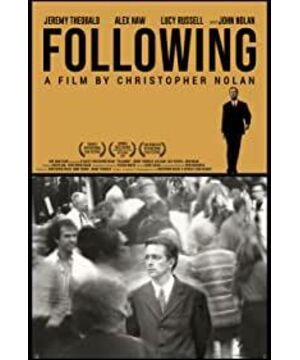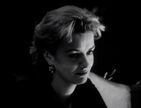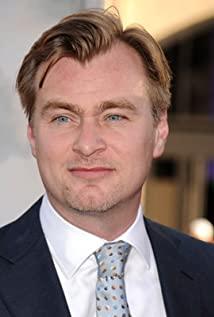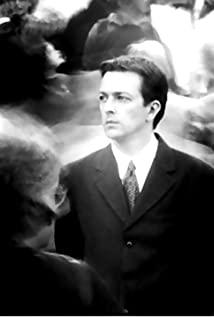The plot event was cut into three paragraphs, tentatively named after A, B, and C:
Event A: Bill likes to tailgating, and stares at Cobb. Cobb shows interest in Bill, and leads Bill to burglary and conduct an underground education of love;
Event B: Bill loves to go to the mistress who steals the mansion, go to the end, and establish a relationship with it;
Incident C: The hostess told Bill that she was blackmailed by a bald man with a pornographic photo, and Bill promised to retake the pornographic photo with a newly learned craft, and took the money out of the safe while hitting the security with a hammer.
In addition, there is also an incident in which Cobb strayed into the murder scene due to burglary. He was suspected of being a murderer. He had to find a person with a similar modus operandi to convict him, so he colluded with the hostess and led Bill into the urn.
The above is the main narrative line that the film deliberately disrupts and intersperses, that is, all that Bill knows, brought out by Bill's question and answer with the transcript of the police, this question and answer can be called incident E. However, beyond the knowledge of Bill, there is the final event: Cobb is the designer of the entire event group, hired for the bald man, with the purpose of murdering the mistress. It created a last-minute flip. Bill is still a scapegoat, and Cobb successfully erased his presence in the event group.
Then there are several narrative methods that can be envisaged:
The narrative, from the beginning, shakes out the last-minute flip, allowing the audience to watch Bill continue to enter the urn;
The narrative is ugly, starting with incident A, speaking in order, and finally giving a subversive answer;
Narrative Yin, disrupt the entire narrative line, cut off and reassemble.
Now, the question is: Why choose Narrative Yin?
The three events of cross-editing are connected in this way: in the second half of event A, we know why there is event B, and in the second half of event B, we know why there is event C. As far as the whole story structure is concerned, the narrative structure is at odds with it. The story proceeds in the direction of self-reversal as a whole, while the narrative loops within itself (or in common sense, Bill does not seem to do anything to the police transcript. Such a jumping confession), it is like a square box with something round: in the arrangement and combination of events A, B, C, D, W, Yin is not the best narrative. At least, the cross-editing of A, B, and C is not necessary. It just adds to the obstacles (or interest) of viewing the movie and signs the film to tell you that it is the author or the director. This is an interesting way of watching movies, but as far as the movie itself is concerned, at least it is not more tightly integrated than "Amnesia".
In addition, you can also think of a solution that is obviously over-interpreted. The three event lines can be resolved into three identities:
Incident A: Bill as a trainee and thief intern (features: long hair, long jacket);
Event B: Bill as a junior (features: short hair, suit);
Incident C: Bill as a graduate of the thief and the wounded person (features: suit, shirt, disheveled clothes).
Starting from this, it is understood that the intersection of narratives is the structure in Bill's mind, that is, the tension between his three identities... but it is quite naive.
View more about Following reviews











